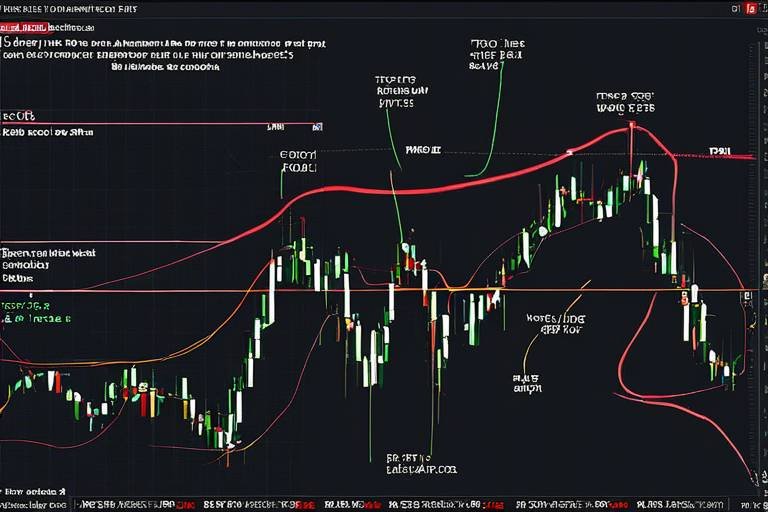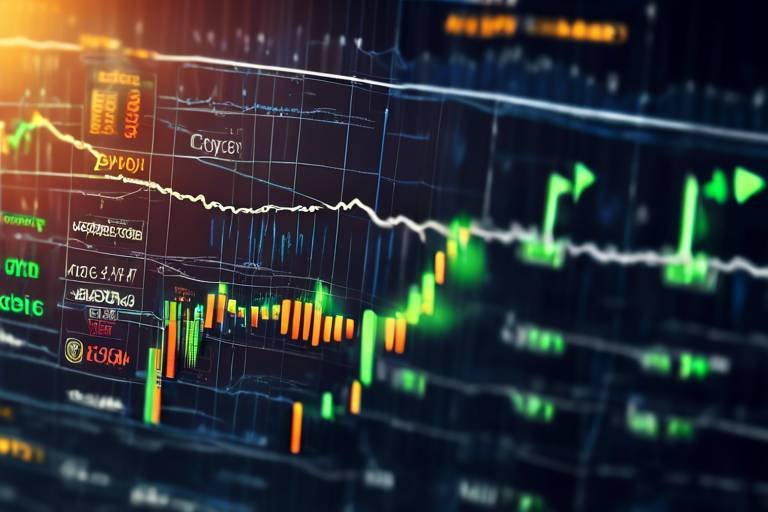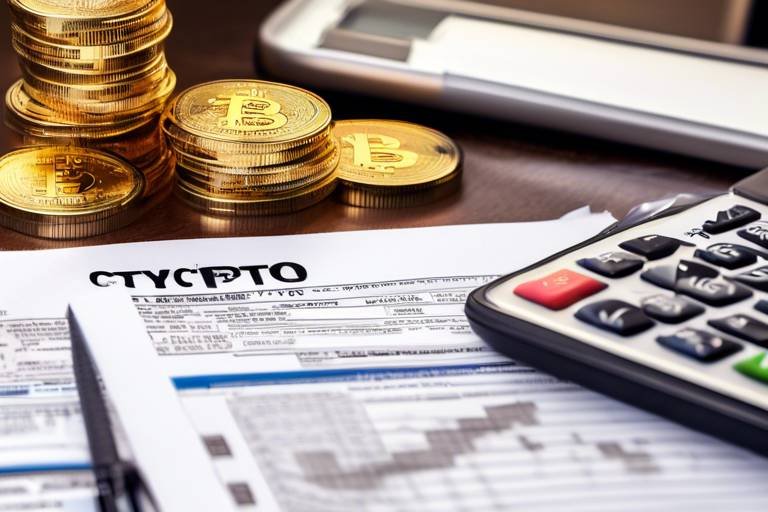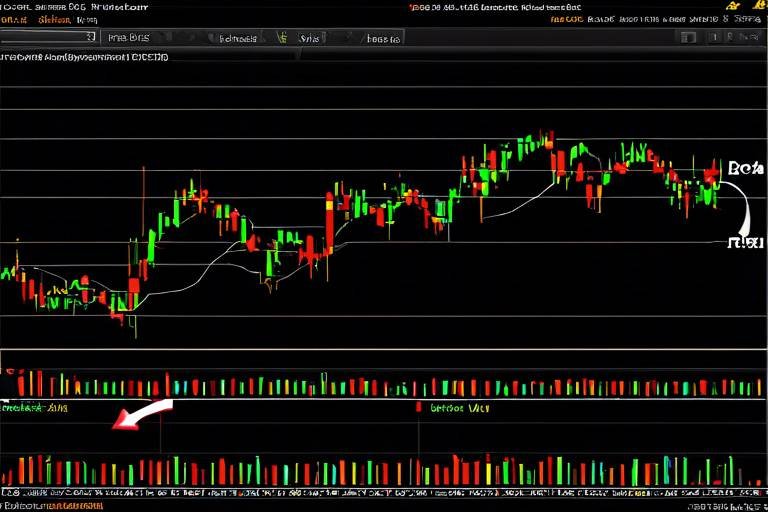Understanding Leverage in Crypto Trading
Welcome to the fascinating world of cryptocurrency trading! If you're looking to amplify your trading experience, understanding leverage is essential. Leverage, in simple terms, is a tool that allows traders to control larger positions than their actual capital would typically permit. Imagine you have $1,000 to invest, but with leverage, you could control a position worth $10,000 or even more! Sounds exciting, right? However, while the potential for greater profits is alluring, it’s crucial to grasp both the benefits and the risks that come with using leverage in crypto trading.
So, why should you care about leverage? Well, for starters, it can significantly enhance your trading strategies. By using leverage, you can enter trades that would otherwise be beyond your financial reach, thereby increasing your potential returns. However, it's a double-edged sword; just as leverage can magnify profits, it can also amplify losses. This means that if the market moves against you, your losses can be substantial, potentially wiping out your initial investment in a flash.
In the crypto market, where volatility reigns supreme, leveraging your trades can lead to exhilarating highs and gut-wrenching lows. Think of it like riding a rollercoaster—thrilling and full of twists and turns! Understanding how to navigate this ride safely is crucial for any trader, whether you're a newbie or a seasoned pro. Throughout this article, we will delve deep into the mechanics of leverage, explore the various trading strategies that incorporate it, and arm you with the knowledge to make informed decisions.
As we journey through the intricacies of leverage in crypto trading, we'll cover essential topics such as margin trading, the different types of margin accounts, and how to calculate margin requirements. We’ll also discuss the inherent risks associated with leveraged trading and the psychological impact it can have on traders, especially during periods of market turbulence.
Are you ready to unlock the potential of leverage and elevate your trading game? Let’s dive in and explore the world of leveraged crypto trading together!
- What is leverage in crypto trading? Leverage allows traders to control a larger position than their actual investment, amplifying both potential profits and losses.
- How do I calculate leverage? Leverage is calculated by dividing the total value of the position by the amount of capital you put up. For example, a $10,000 position with a $1,000 investment has a leverage of 10:1.
- What are the risks of using leverage? Risks include the potential for significant losses, margin calls, and liquidation of your position if the market moves against you.
- Can I use leverage for all cryptocurrencies? Not all exchanges offer leverage for every cryptocurrency, so it's essential to check the specific trading pairs available on your chosen platform.
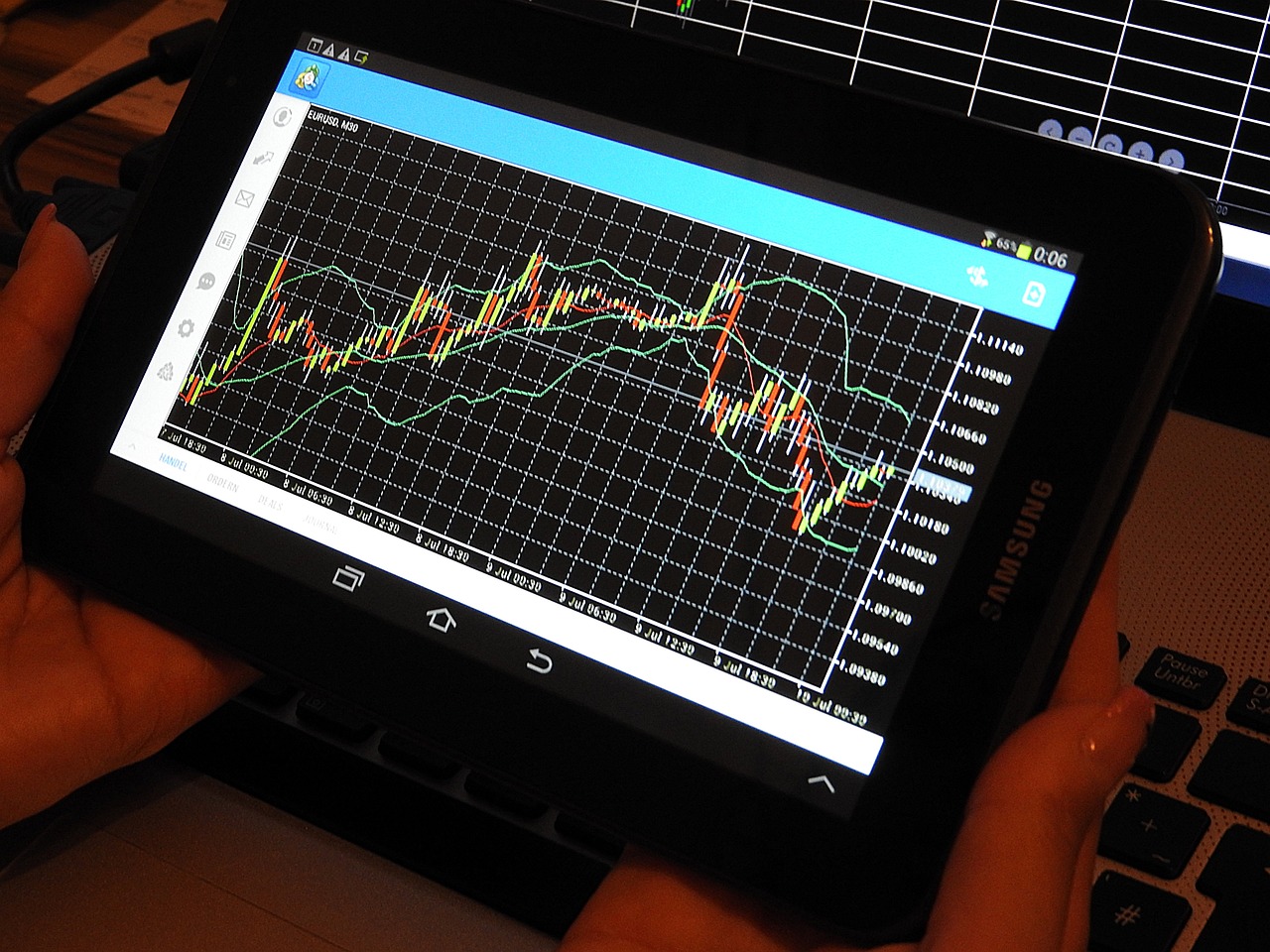
What is Leverage?
Leverage in the world of cryptocurrency trading is like using a magnifying glass to see the tiny details of a vast landscape. It allows traders to control larger positions than they could with their own capital alone, effectively amplifying their trading power. Imagine you have $1,000 to invest. With leverage, you could potentially control a position worth $10,000 or even more, depending on the leverage ratio offered by your trading platform. This ability to multiply your exposure can lead to significant profits, but it also comes with its fair share of risks.
To put it simply, leverage is calculated using the following formula:
| Leverage Ratio | Formula |
|---|---|
| 10:1 | Investment Amount x 10 |
| 5:1 | Investment Amount x 5 |
| 2:1 | Investment Amount x 2 |
This means that for every dollar of your own money, you can borrow additional funds to increase your total investment. For instance, if you choose a leverage of 10:1, your $1,000 investment can control a position of $10,000. However, it’s essential to understand that while leverage can amplify your gains, it can just as easily magnify your losses. If the market moves against you, the losses will also be based on the total position size, not just your initial investment.
In the fast-paced world of crypto trading, understanding leverage is crucial. It’s not just about how much you can potentially earn; it’s also about managing the risks that come with it. Traders must be aware of their risk tolerance and be prepared for the volatility that often accompanies leveraged positions. The concept of leverage is a double-edged sword—it can lead to incredible gains, but it can also lead to devastating losses if not managed wisely.
So, why do traders use leverage? Here are a few key reasons:
- Increased Potential Returns: With the ability to control larger positions, traders can achieve higher returns on their investments.
- Capital Efficiency: Leverage allows traders to use their capital more efficiently, enabling them to diversify their portfolios or invest in multiple assets simultaneously.
- Access to More Opportunities: By using leverage, traders can take advantage of market opportunities that they may not have been able to afford otherwise.
In summary, leverage is a powerful tool in cryptocurrency trading that can help traders maximize their potential returns. However, it requires a solid understanding of the risks involved and a disciplined approach to risk management. As we delve deeper into the mechanics of leverage in crypto trading, keep in mind that knowledge is your best ally in navigating this exciting yet perilous landscape.

How Leverage Works in Crypto Trading
When diving into the world of cryptocurrency trading, understanding how leverage works is crucial for any trader looking to amplify their potential gains. Leverage essentially allows you to borrow funds to increase your trading position beyond what your own capital would permit. Imagine it like using a lever to lift a heavy rock; with the right leverage, you can move something much larger than you could with your own strength alone. In the crypto markets, this means you can control larger amounts of cryptocurrency while only putting up a fraction of the total value.
In practical terms, leverage is expressed as a ratio. For example, if you are trading with a leverage of 10:1, you can control a position worth $10,000 with just $1,000 of your own money. While this can significantly increase your potential profits, it also magnifies your risks. If the market moves against your position, your losses will also be based on the total position size, not just your initial investment. This is where the importance of understanding margin and risk management comes into play.
To get started with leveraged trading, you typically need to open a margin account with a cryptocurrency exchange. This account allows you to borrow funds from the exchange to trade. Each exchange has different margin requirements, which dictate how much collateral you need to provide relative to the size of your leveraged position. For instance, if you want to open a position worth $5,000 with a margin requirement of 20%, you would need to deposit $1,000 into your margin account.
Here’s a quick breakdown of how leverage works in crypto trading:
| Leverage Ratio | Investment Amount | Position Size | Potential Profit/Loss |
|---|---|---|---|
| 2:1 | $1,000 | $2,000 | ±$1,000 |
| 5:1 | $1,000 | $5,000 | ±$4,000 |
| 10:1 | $1,000 | $10,000 | ±$9,000 |
As you can see from the table, higher leverage ratios can lead to greater potential profits, but they also come with increased risk. If the market moves against you, your losses can exceed your initial investment, leading to a margin call from your exchange. This is a situation where the exchange requires you to deposit more funds to maintain your position or risk liquidation, which means your position is forcibly closed to cover losses.
In the fast-paced world of crypto trading, understanding the mechanics of leverage is essential. It’s not just about the potential for higher returns; it’s about being aware of the risks involved and having a solid strategy in place to manage those risks. Remember, leverage can be a double-edged sword; wield it wisely, and it can enhance your trading experience, but misuse it, and it can lead to significant financial losses.
- What is the maximum leverage I can use? - The maximum leverage varies by exchange and can range from 2:1 to 100:1 or more, depending on the asset and market conditions.
- How do I manage risk when using leverage? - It’s crucial to set stop-loss orders, diversify your trades, and only use leverage that you are comfortable with.
- Can I lose more than my initial investment? - Yes, with high leverage, it is possible to lose more than your initial investment if the market moves against your position.

Margin Trading Explained
Margin trading is like stepping onto a trampoline; it gives you the ability to jump higher than you normally could, but it also means you could fall harder if you're not careful. In the world of cryptocurrency, margin trading involves borrowing funds from a broker or an exchange to increase your trading capacity. This allows you to control a larger position than your actual capital would permit. For instance, if you have $1,000 and your broker offers a 5x leverage, you can trade with $5,000! Sounds enticing, right? But hold on, because while this can amplify your profits, it can also amplify your losses.
To open a margin account, you typically need to go through a few steps. First, you’ll need to choose a cryptocurrency exchange that offers margin trading. After that, you’ll deposit funds into your margin account, which will serve as collateral for the borrowed funds. It’s crucial to understand that maintaining the required margin level is essential; if your account value drops below this level, you may face a margin call, which could force you to deposit more funds or risk having your position liquidated.
Let’s break down the concept a bit further. When you engage in margin trading, you’re essentially leveraging your position. This means that you can open larger trades without needing to have the full amount of capital upfront. However, this comes with the responsibility of keeping an eye on your margin levels. If the market moves against your position, you might have to add more funds to your margin account or close your position to avoid losses. This psychological aspect—watching your investment fluctuate and knowing that it could vanish in seconds—can be quite stressful for many traders.
To give you a clearer picture, here’s a simple table that outlines how margin trading works:
| Account Balance | Leverage | Trading Power |
|---|---|---|
| $1,000 | 5x | $5,000 |
| $2,000 | 10x | $20,000 |
| $500 | 2x | $1,000 |
In summary, margin trading can be a powerful tool in your trading arsenal, allowing you to maximize your potential profits. However, it’s essential to approach it with caution. Understanding how to manage your margin levels and the risks involved is crucial to becoming a successful margin trader. Remember, just like a high-flying acrobat, the higher you go, the greater the risk of a fall. So, are you ready to take the leap?
- What is a margin call? A margin call occurs when the value of your account falls below the required level, prompting the broker to ask for additional funds to maintain your position.
- Can I lose more money than I invest? Yes, with margin trading, it is possible to lose more than your initial investment due to the amplified risks.
- How do I choose a good margin trading platform? Look for platforms with low fees, high liquidity, and strong security measures. Always do your research before committing.

Types of Margin Accounts
When diving into the world of margin trading, it's essential to understand that not all margin accounts are created equal. There are primarily two types of margin accounts that traders can choose from: standard margin accounts and isolated margin accounts. Each of these accounts has distinct features, advantages, and disadvantages that can significantly impact your trading experience.
A standard margin account allows traders to borrow funds against their entire account balance. This means that if you have a balance of $1,000, you might be able to borrow additional funds, say up to $4,000, depending on the broker's policies and the leverage ratio offered. This type of account is beneficial for traders who want to take larger positions without needing to have the full capital upfront. However, the risk here is that if the market moves against you, all your assets in the account could be at stake, leading to potential liquidation.
On the other hand, an isolated margin account limits the amount of leverage to a specific trade. For example, if you decide to open a position worth $1,000 using 2x leverage, only that $1,000 is at risk if the trade goes south, rather than your entire account balance. This setup can be particularly advantageous for risk-averse traders who want to mitigate potential losses. It essentially acts like a safety net, providing a controlled environment for trading without exposing all your funds to market volatility.
To help clarify the differences further, here’s a quick comparison table:
| Feature | Standard Margin Account | Isolated Margin Account |
|---|---|---|
| Risk Exposure | Higher risk; entire account is at stake | Lower risk; only the specific trade amount is at stake |
| Leverage | Can use leverage across entire account | Leverage is limited to individual trades |
| Margin Calls | More frequent margin calls due to higher exposure | Less frequent margin calls; more control over trades |
| Ideal For | Active traders seeking larger positions | Risk-averse traders wanting to limit exposure |
Understanding these types of margin accounts is crucial for any trader looking to navigate the complexities of the crypto market. Each type serves different trading styles and risk appetites, so choosing the right one can significantly influence your trading success. Whether you prefer the broad exposure of a standard margin account or the focused risk management of an isolated margin account, knowing the pros and cons of each will empower you to make informed decisions in your trading journey.

Calculating Margin Requirements
Understanding how to calculate margin requirements is crucial for any trader venturing into the world of cryptocurrency. Margin requirements dictate the minimum amount of capital you need to maintain a leveraged position, and getting this right can mean the difference between a successful trade and a costly mistake. So, how do you figure it out?
At its core, the margin requirement is expressed as a percentage of the total position size. For example, if you want to open a position worth $10,000 and your broker requires a margin of 10%, you would need to have at least $1,000 in your margin account. This means you are leveraging your investment, controlling a larger position with a smaller amount of capital. But remember, while this can amplify your profits, it also magnifies your losses.
To calculate margin requirements, you can use the following formula:
Margin Requirement (Position Size x Margin Percentage)
Let’s break this down with a practical example. Suppose you want to trade Bitcoin, and you’re looking at a position size of $20,000 with a margin requirement of 5%. Plugging these numbers into our formula, we get:
Margin Requirement ($20,000 x 0.05) $1,000
This means you need to have $1,000 in your margin account to open this position. However, it’s not just about having the minimum amount; you also need to keep an eye on your maintenance margin. This is the minimum amount of equity you must maintain in your account to keep your position open. If your equity falls below this level, you may face a margin call, where your broker will require you to deposit more funds or risk having your position liquidated.
Several factors can influence margin requirements, including:
- Volatility of the Asset: More volatile assets often come with higher margin requirements to mitigate risks.
- Broker Policies: Different brokers may have varying policies regarding margin percentages.
- Market Conditions: During periods of high volatility, brokers may adjust margin requirements to protect themselves and their clients.
By keeping these factors in mind, you can better prepare yourself for the demands of margin trading. Always remember, while leverage can enhance your trading capacity, it also introduces significant risk. Make sure to assess your risk tolerance and stay informed about market conditions to navigate the exciting yet challenging world of crypto trading effectively.

Risks of Using Leverage
When it comes to trading cryptocurrencies, the allure of leverage can be incredibly enticing. Imagine being able to control a much larger position than what your capital would typically allow. Sounds great, right? However, with great power comes great responsibility, and in the world of leveraged trading, that responsibility is magnified exponentially. It's essential to understand that while leverage can amplify your profits, it can also magnify your losses. In fact, one of the most significant risks associated with leverage is the potential for liquidation. This occurs when the value of your collateral falls below a certain threshold, prompting the exchange to close your position to recover the borrowed funds.
Moreover, the psychological impact of leveraged trading cannot be underestimated. Traders may experience heightened emotions, leading to impulsive decisions that can exacerbate losses. The fear of losing money can cloud judgment, causing traders to hold onto losing positions for too long or to exit winning trades prematurely. This emotional rollercoaster can be detrimental, especially in a volatile market where price swings are frequent and unpredictable.
Another critical aspect to consider is the varying levels of margin requirements. Different exchanges have different rules regarding how much margin you need to maintain your positions. If the market moves against you, you may receive a margin call, requiring you to deposit more funds to keep your position open. If you fail to meet this requirement, your position could be liquidated, leading to significant financial losses.
In summary, while leverage can offer exciting opportunities for profit, it also comes with substantial risks that every trader must consider. Here are some key risks to keep in mind:
- Liquidation Risk: If your account balance falls below the required margin, your position can be automatically closed.
- Psychological Stress: The emotional toll of trading with leverage can lead to poor decision-making.
- Margin Calls: Failing to maintain required margin levels can result in forced liquidation of your positions.
- Market Volatility: Rapid price fluctuations can lead to significant losses in a short period.
Understanding these risks is crucial for any trader looking to utilize leverage in their trading strategy. By being aware of the potential pitfalls and preparing accordingly, traders can better navigate the complex landscape of leveraged cryptocurrency trading.
Q1: What is leverage in crypto trading?
Leverage in crypto trading allows traders to control larger positions than their actual capital by borrowing funds from the exchange. This can amplify both potential gains and losses.
Q2: What is a margin call?
A margin call occurs when the value of your account falls below the required margin level, prompting the broker to ask you to deposit more funds to maintain your position.
Q3: How can I manage the risks of leverage?
To manage risks, traders should set stop-loss orders, maintain adequate margin levels, and avoid over-leveraging their positions. Additionally, having a solid trading plan can help mitigate emotional decision-making.
Q4: Is leveraged trading suitable for beginners?
Leveraged trading can be risky, especially for beginners. It is advisable for new traders to gain experience with non-leveraged trading before diving into leveraged positions.
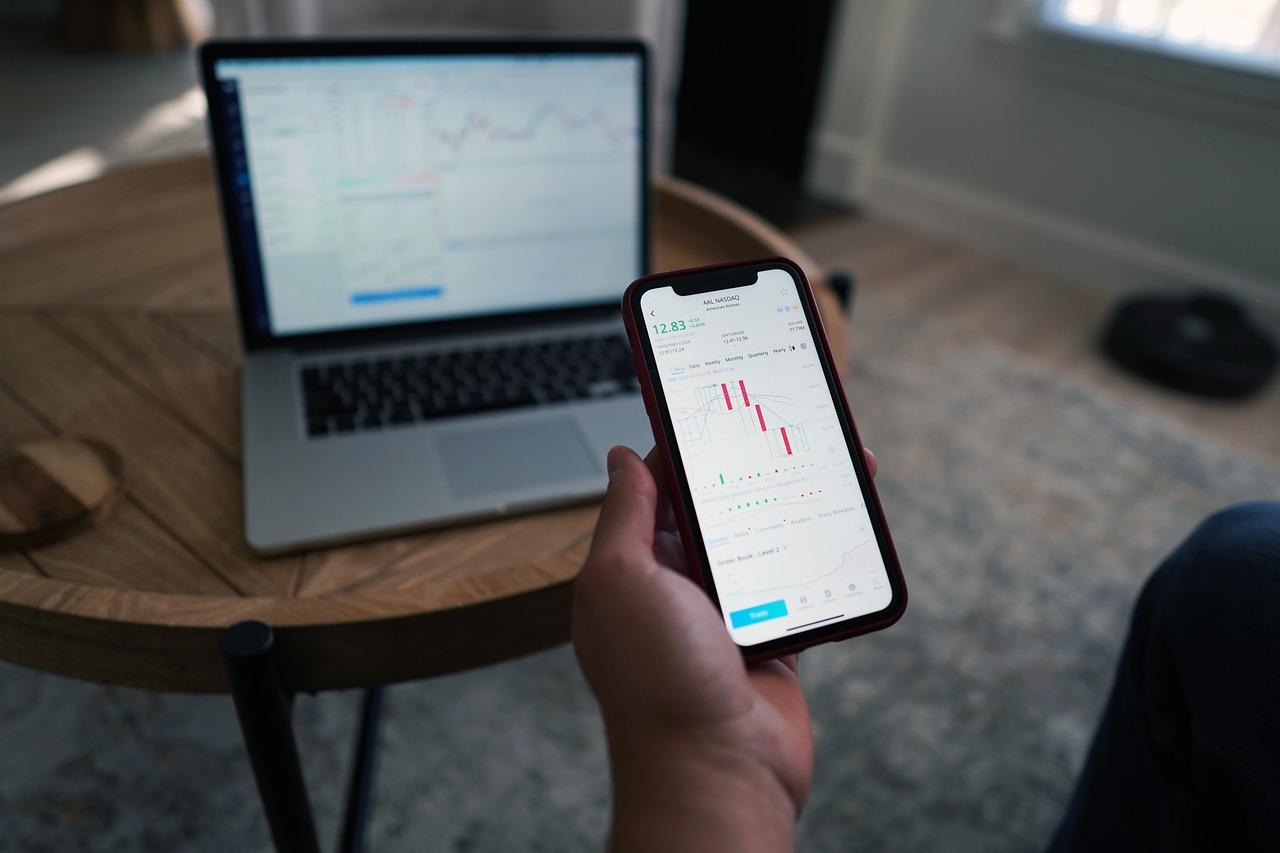
Benefits of Leverage in Trading
Leverage in trading can be a game changer for many traders, offering the potential to significantly enhance profits without requiring a massive upfront investment. Imagine you're a musician who wants to play a concert but lacks the instruments—leverage is like borrowing a guitar to create beautiful music. In the world of cryptocurrency, leverage allows you to control larger positions with a fraction of the capital, thus opening up a realm of opportunities that would otherwise be inaccessible.
One of the standout benefits of leverage is the increased potential returns. By using leverage, traders can amplify their gains. For instance, if you have $1,000 and use 10x leverage, you could control a position worth $10,000. If the market moves favorably, the profits can be substantial. However, it’s crucial to remember that while the upside is attractive, the downside can be just as pronounced. This duality is what makes leverage both alluring and dangerous.
Another significant advantage is the ability to diversify trading strategies with limited capital. With leverage, you can spread your investments across multiple assets, which can mitigate risk. For example, rather than putting all your funds into one cryptocurrency, you can allocate a smaller amount to several different coins. This not only helps in spreading risk but also allows traders to explore various market opportunities simultaneously. It’s like having a diversified playlist instead of a single song—variety can lead to better overall performance.
Moreover, leverage can enhance your trading strategies. It allows traders to take calculated risks and potentially capitalize on short-term market movements. Day traders, for instance, can use leverage to make quick trades that capitalize on small price fluctuations, thus maximizing their returns. This dynamic approach can be the difference between a good day and a great day in the trading world.
However, it’s essential to approach leverage with caution. While the benefits are enticing, the risks are equally significant. Traders must be aware of the potential for margin calls and liquidations, which can occur if the market moves against their position. Understanding the mechanics of leverage and employing sound risk management strategies is vital for anyone looking to harness its power effectively.
In conclusion, while leverage presents exciting opportunities for traders to enhance their potential returns and diversify their strategies, it is imperative to approach it with a clear understanding of the associated risks. By doing so, traders can navigate the thrilling yet turbulent waters of cryptocurrency trading more effectively.
- What is leverage in crypto trading? Leverage allows traders to control larger positions with a smaller amount of capital, amplifying both potential gains and losses.
- How does margin trading work? Margin trading involves borrowing funds to increase trading capacity, requiring traders to maintain a certain level of equity in their accounts.
- What are the risks associated with using leverage? The primary risks include liquidation of positions and increased emotional stress during volatile market conditions.
- Can leverage be beneficial for all traders? While leverage can enhance returns, it may not be suitable for all traders, especially those with a low risk tolerance.

Enhancing Trading Strategies
When it comes to trading cryptocurrencies, leverage can be a game-changer, but only if you know how to use it wisely. Think of leverage as a double-edged sword; it can help you slice through the market and maximize your profits, but it can also cut deep if you’re not careful. So, how can you effectively integrate leverage into your trading strategies without falling into the pitfalls that many traders face?
First off, understanding your risk tolerance is crucial. Are you the type who can handle the adrenaline rush of rapid price swings, or do you prefer a more laid-back approach? Knowing this will help you decide how much leverage to use. For instance, if you’re a day trader looking to capitalize on short-term price movements, you might opt for higher leverage to amplify your gains. However, if you’re a long-term investor, using lower leverage or none at all may be more prudent, allowing you to ride out market volatility without the stress of margin calls.
Another important aspect is to diversify your trading portfolio. Leverage can indeed increase your potential returns, but it’s essential to spread your investments across different assets. This way, if one trade goes south, you won’t be completely wiped out. Imagine your trading portfolio as a fruit salad; a mix of different fruits makes it more flavorful and resilient to spoilage. By diversifying, you can cushion your losses and increase your chances of hitting a home run with other trades.
Moreover, having a solid risk management strategy is non-negotiable when using leverage. Setting stop-loss orders can help you minimize potential losses and protect your capital. For example, if you enter a trade with 10x leverage, a 10% drop in the asset's price could wipe out your entire investment. To combat this, you might set a stop-loss at 5%, which will automatically close your position and limit your loss. Just think of it as wearing a seatbelt while driving; it won't prevent accidents, but it can save you from serious injuries.
Additionally, it’s vital to stay informed about market trends and news that could impact your trades. The crypto market is notorious for its volatility, and being aware of upcoming events—like regulatory changes or technological advancements—can give you an edge. Utilize tools such as market analysis platforms and news aggregators to keep yourself updated. This way, you can make informed decisions and adjust your leverage accordingly. After all, knowledge is power, especially in the fast-paced world of crypto trading.
Lastly, remember that practice makes perfect. Many trading platforms offer demo accounts that allow you to experiment with leverage without risking real money. Use these tools to test your strategies and get a feel for how leverage affects your trades. It’s like practicing in a simulator before taking the real car for a spin; you’ll gain the confidence and skills needed to navigate the market effectively.
In summary, enhancing your trading strategies with leverage requires a mix of self-awareness, diversification, risk management, market knowledge, and practice. By approaching leverage thoughtfully, you can not only amplify your potential returns but also safeguard your investments against the inherent risks of crypto trading.
- What is leverage in crypto trading? Leverage allows traders to control larger positions with a smaller amount of capital, amplifying potential profits and losses.
- How can I manage risks when using leverage? Implement risk management strategies such as setting stop-loss orders, diversifying your portfolio, and understanding your risk tolerance.
- Is leverage suitable for all types of traders? No, leverage may not be suitable for all traders. It’s essential to assess your trading style and risk tolerance before using leverage.

Leverage in Different Trading Styles
When it comes to leveraging in crypto trading, it's not a one-size-fits-all approach. Different trading styles can harness the power of leverage in unique ways, allowing traders to tailor their strategies based on their risk tolerance, market conditions, and personal trading philosophies. Let's dive into how various trading styles can effectively utilize leverage to enhance their trading results.
Day traders, for instance, thrive on short-term price movements and often capitalize on small fluctuations within the market. With leverage, they can amplify their potential gains, making it possible to turn a modest price change into a significant profit. However, this approach is not without its risks. Day trading with leverage can lead to rapid losses if the market moves against them. Therefore, it's crucial for day traders to implement strict stop-loss orders and to stay disciplined in their trading strategies.
Swing traders, on the other hand, take a slightly different approach. They aim to capture gains over several days or weeks by identifying trends and market swings. Leveraging can help swing traders maximize their profits during these trends, allowing them to control larger positions without needing to invest a substantial amount of capital upfront. However, swing traders must be cautious about the overnight risks associated with leveraged positions, as market conditions can change dramatically while they are not actively monitoring their trades.
For long-term investors, leverage can be a double-edged sword. While they typically focus on holding assets for extended periods, using leverage can help them increase their exposure to certain cryptocurrencies without tying up too much capital. This strategy can enhance their returns if the market moves favorably. However, long-term investors must be aware of the potential for liquidation if the market experiences significant downturns, particularly if they are using high levels of leverage.
To summarize, the effectiveness of leverage in trading largely depends on the trader's style and approach. Here’s a quick overview:
| Trading Style | Leverage Usage | Risks |
|---|---|---|
| Day Traders | Amplify short-term gains | Rapid losses, need for strict stop-losses |
| Swing Traders | Capitalize on trends over days/weeks | Overnight market risks |
| Long-Term Investors | Increase exposure with less capital | Potential for liquidation during downturns |
Ultimately, understanding how leverage fits into your trading style is essential for managing risks and maximizing potential returns. Each trader must assess their own risk tolerance and market outlook to determine the appropriate level of leverage to utilize. Whether you’re day trading, swing trading, or investing for the long haul, leveraging can be a powerful tool when used wisely.
- What is leverage in crypto trading? Leverage allows traders to control larger positions in the market with a smaller amount of capital, amplifying both potential gains and losses.
- How does leverage affect risk? While leverage can increase potential returns, it also heightens the risk of significant losses, including the possibility of liquidation.
- What trading styles benefit most from leverage? Day traders, swing traders, and long-term investors can all benefit from leverage, but they must adapt their strategies to manage the associated risks.
Frequently Asked Questions
- What is leverage in crypto trading?
Leverage in crypto trading allows you to control larger positions with a smaller amount of capital. Essentially, it’s like using a magnifying glass to amplify your trading power—what you can do with a little money can become a lot more significant!
- How does margin trading work?
Margin trading involves borrowing funds from a broker or exchange to increase your trading capacity. Think of it as taking out a loan to buy a house; you only need a down payment to get started, but you’re responsible for the entire property. In trading, this means you can potentially earn bigger profits, but you also face the risk of larger losses.
- What are the risks associated with using leverage?
Using leverage can be a double-edged sword. While it can amplify your profits, it can also lead to significant losses. If the market moves against you, you might face liquidation, where your position is automatically closed to prevent further losses. It’s crucial to manage your risks carefully!
- What are the different types of margin accounts?
There are mainly two types of margin accounts: standard and isolated. A standard margin account allows you to trade multiple assets with a single margin, while an isolated margin account limits the amount of margin to a specific trade. Each has its advantages and disadvantages, depending on your trading strategy and risk tolerance.
- How can I calculate margin requirements?
To calculate margin requirements, you need to know the total value of your position and the leverage ratio you’re using. The formula is pretty straightforward: Margin Requirement Total Position Value / Leverage Ratio. Understanding this helps you stay prepared and avoid unpleasant surprises!
- Can leverage enhance my trading strategies?
Absolutely! When used wisely, leverage can enhance your trading strategies by allowing you to diversify your portfolio and increase potential returns. It’s like having a powerful tool in your toolbox that, when used correctly, can lead to better outcomes.
- How do different trading styles utilize leverage?
Different trading styles, such as day trading, swing trading, and long-term investing, can leverage their strategies in unique ways. For instance, day traders might use high leverage for quick profits, while long-term investors may prefer lower leverage to minimize risk. It’s all about finding what works best for your trading approach!







